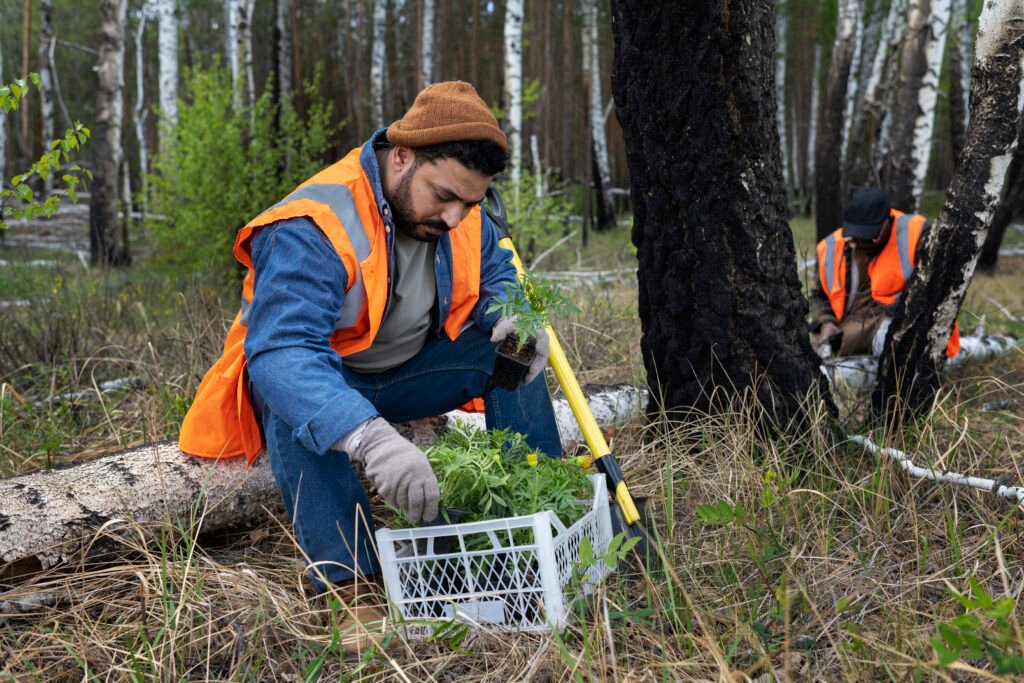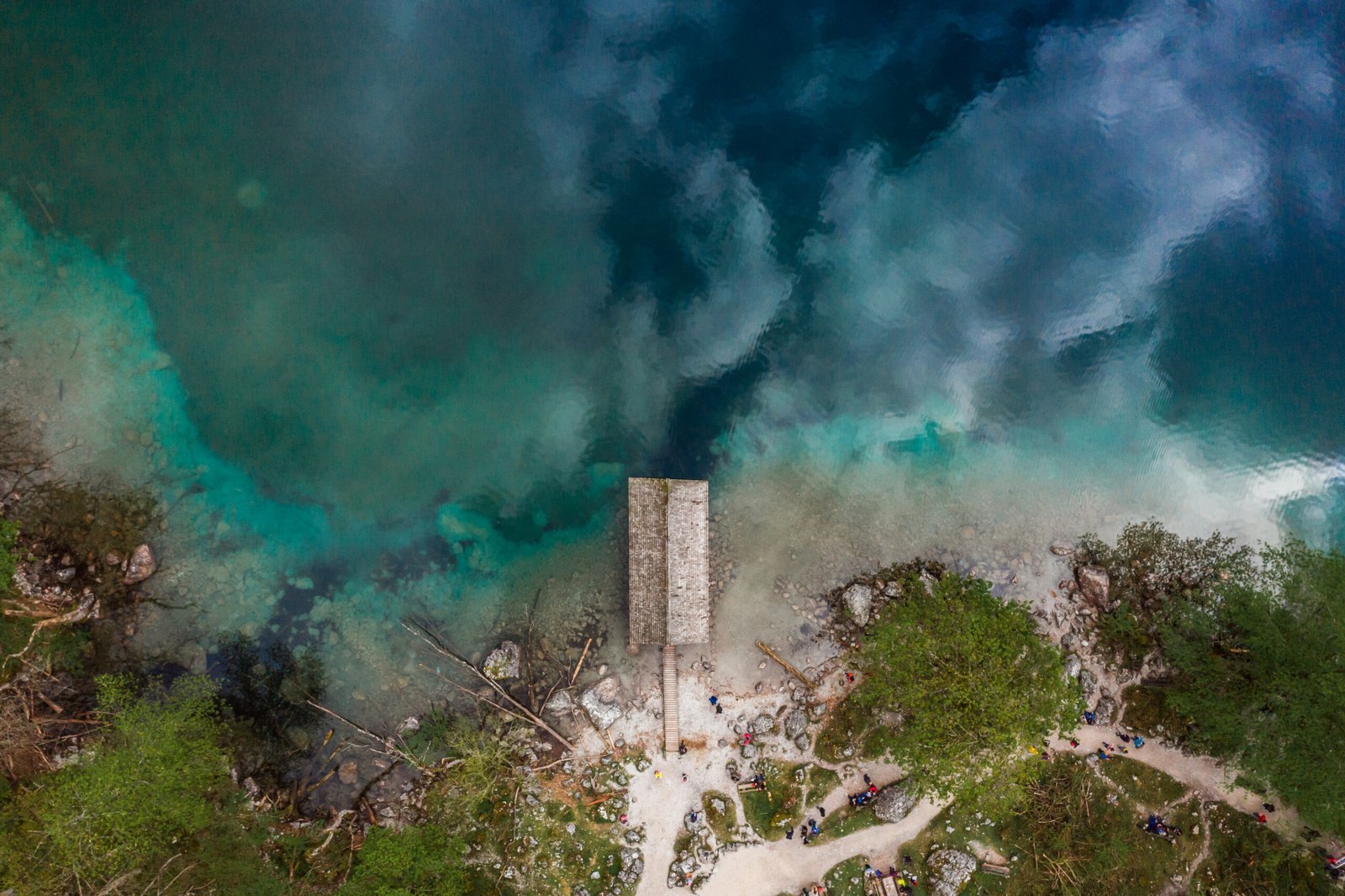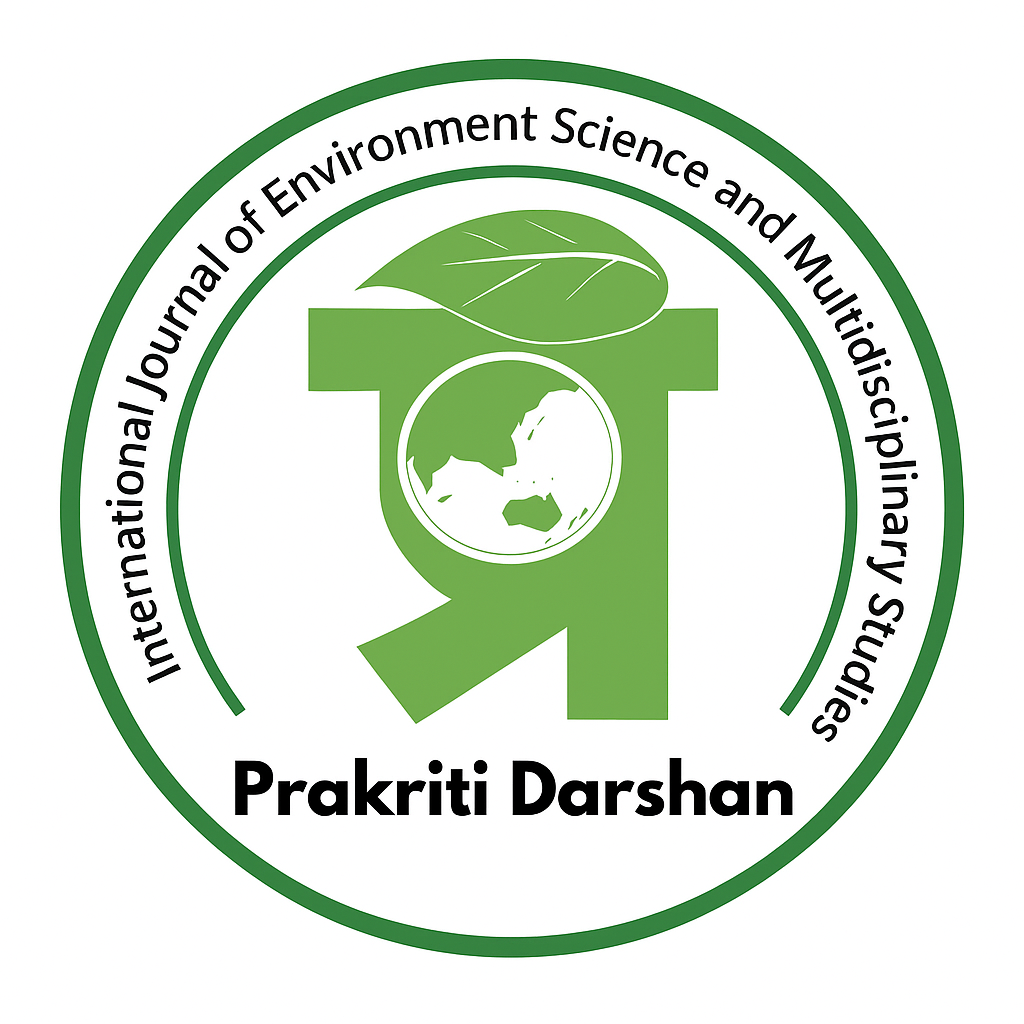Natural and man-made disasters are increasing in intensity, frequency, and impact across the globe. From devastating earthquakes to floods, wildfires to tsunamis—every region of the world faces unique risks. As we confront the worsening climate crisis and urban expansion into vulnerable zones, it becomes clear that existing disaster management frameworks are no longer sufficient. This article explores the concept of Disaster Management and Demand of Revised Policy , analyzes major global disasters, examines best practices, and raises a critical call for a revised and responsive disaster management policy with community preparedness and swift relief mechanisms at its core.

Table of Contents
- What is Disaster?
- Importance of Disaster Management
- Key Data Tables
3a. Overview of Disaster Types
3b. Existing Disaster Management Frameworks
3c. Do’s and Don’ts During Disasters
- Major Global Disasters
a. Top 5 Disasters in India
b. Top 5 Disasters in Russia
c. Top 5 Disasters in the United States
d. Top 10 Disasters Worldwide
- How Nations Rescue: Comparative Techniques
- Best Practices and Techniques in Disaster Management
- Community Preparedness: Region-wise Recommendations
Hills and Mountainous Areas
Earthquake-Prone Zones
Flood Zones
Volcanic and Landslide Zones
- Role of Training and Simulations
- Contribution of NGOs and Civil Society
- Need for Revised Policy
Early Warning Systems
Technology Integration
Quick Relief Mechanisms
- Summary
- Conclusion
- FAQs (15)
- References
- Appeal to Policymakers and Global Agencies
What is a Disaster?
A disaster is a sudden, calamitous event that causes significant disruption to life, property, and the environment. Disasters can be natural—like earthquakes, floods, and cyclones—or human-induced, such as industrial accidents and warfare. Their impact is often magnified by unpreparedness, poor infrastructure, and lack of responsive policy.
Importance of Disaster Management
Disaster Management is the systematic process of preparing for, responding to, and recovering from the aftermath of disasters. It aims to minimize human suffering and economic loss through planning, risk assessment, and mitigation strategies.
Key Data Tables
1. Types of Disasters and Their Impact
| Disaster Type | Cause | Example | Average Annual Impact |
| Earthquake | Tectonic Movement | 2001 Gujarat Earthquake | 20,000+ deaths |
| Flood | Heavy Rainfall | 2013 Uttarakhand Floods | ₹4,000+ Cr damage |
| Cyclone | Oceanic Disturbance | Cyclone Amphan (2020) | 5 million displaced |
| Wildfire | Heat + Dry Weather | Australia 2019 Fires | 3 billion animals affected |
| Industrial Accident | Human Negligence | Bhopal Gas Tragedy (1984) | 15,000 deaths |
2. Current Disaster Management Frameworks
| Country | Disaster Law/Agency | Established | Key Shortcoming |
| India | Disaster Management Act, NDMA | 2005 | Delayed relief in remote zones |
| USA | FEMA (Federal Emergency Management) | 1979 | Bureaucratic delays |
| Russia | Ministry of Emergency Situations | 1994 | Limited local coordination |
| Japan | Disaster Countermeasures Act | 1961 | Aging infrastructure |
| Indonesia | BNPB – Disaster Mgmt Agency | 2008 | Insufficient early warnings |
3. Do’s and Don’ts During Disasters
| Disaster Type | Do’s | Don’ts |
| Earthquake | Drop, Cover & Hold | Run during tremors |
| Flood | Move to higher ground | Walk or drive in flood waters |
| Fire | Use wet cloth to breathe | Open hot doors |
| Landslide | Evacuate slope areas early | Return immediately after landslide |
| Cyclone | Secure home, store emergency supplies | Stand under trees or electric poles |
4. Top 5 Disasters by Country
India
| Disaster | Year | Impact |
| 2004 Indian Ocean Tsunami | 2004 | 10,000+ deaths |
| Bhopal Gas Tragedy | 1984 | 15,000+ deaths |
| 2013 Kedarnath Floods | 2013 | 5,000+ deaths |
| 1999 Odisha Super Cyclone | 1999 | 9,885 deaths |
| 2001 Gujarat Earthquake | 2001 | 20,000+ deaths |
Russia
| Disaster | Year | Impact |
| Chernobyl Nuclear Disaster | 1986 | 4,000+ deaths (est.) |
| 2022 Wildfires in Siberia | 2022 | 3 million hectares burned |
| Russian Heatwave | 2010 | 56,000 deaths |
| Perm Nightclub Fire | 2009 | 156 deaths |
| Siberian Floods | 2019 | 80,000+ displaced |
United States
| Disaster | Year | Impact |
| Hurricane Katrina | 2005 | 1,800+ deaths |
| 9/11 Terrorist Attacks | 2001 | 2,977 deaths |
| Dust Bowl | 1930s | Economic crisis + migration |
| California Wildfires | 2020 | Billions in damages |
| Texas Snowstorm | 2021 | 246 deaths |
Top 10 Disasters Worldwide
| Disaster | Country | Year | Deaths/Impact |
| 2004 Indian Ocean Tsunami | 14 countries | 2004 | 230,000+ deaths |
| Haiti Earthquake | Haiti | 2010 | 160,000+ deaths |
| Chernobyl Nuclear Disaster | USSR (Ukraine) | 1986 | Radiation, 4,000+ deaths est. |
| Typhoon Haiyan | Philippines | 2013 | 6,300+ deaths |
| Japan Earthquake & Tsunami | Japan | 2011 | 20,000+ deaths |
| Nepal Earthquake | Nepal | 2015 | 9,000+ deaths |
| Cyclone Nargis | Myanmar | 2008 | 138,000+ deaths |
| Sichuan Earthquake | China | 2008 | 87,000+ deaths |
| COVID-19 Pandemic | Global | 2020 | 6.9 million+ deaths |
| Bangladesh Floods | Bangladesh | 1998 | 30 million displaced |
How Nations Rescue During Disasters
- India: NDRF and Army-led evacuations, helicopters, and boat rescues
- USA: FEMA-led operations, National Guard deployment, airlifts
- Russia: Military and fire brigades, emergency rail corridors
- Japan: Precision-trained civilian response teams, seismic shelters
- Philippines: Boat convoys, coast guard and military coordination
Best Practices and Techniques in Disaster Management
- Community Mapping of Risk Zones
- Installation of Early Warning Systems (AI-powered)
- Rescue Drones and Emergency Communication Systems
- Training Camps and Mock Drills
- Data-Driven Forecasting Models
Preparedness by Region
| Area Type | Key Preparedness Measures |
| Hill Areas | Slope stabilization, alert sirens, tree plantation |
| Earthquake Zones | Seismic-resistant buildings, public awareness drills |
| Flood Zones | Elevated homes, drainage system upgrades |
| Volcanic Zones | Evacuation maps, gas masks, exclusion zones |
| Landslide Areas | Retaining walls, soil sensors, road diversions |
Role of Training and NGOs
- NGOs like SEEDS, Red Cross, and CARE play a major role in grassroots training, aid distribution, and psychological support.
- Regular community-based training programs, school-level awareness, and emergency volunteer networks are critical.
Policy Framing and Demand for Revision
There is an urgent need for:
- Updated Disaster Policies with emphasis on climate change
- Pre-positioned Relief Supplies in high-risk zones
- Mobile Emergency Units with solar power, drones, medikits
- Funding for Community-Led Preparedness
Summary
The landscape of disasters is rapidly evolving. Outdated disaster management policies are no longer sufficient. Preparedness, technology integration, and community participation must form the pillars of a revised disaster management policy aimed at saving lives and minimizing loss.
Conclusion :Disaster Management and Demand of Revised Policy
Disaster Management and demand of revised policy is no longer optional—it is a moral, environmental, and political necessity. With lives, ecosystems, and economies at stake, nations must adopt proactive, people-centered, and resilient approaches. The time to act is now.
FAQs (15) :Disaster Management and Demand of Revised Policy
- What is disaster management?
A system of preparation, response, and recovery from disasters. - Why do we need revised policies?
To tackle newer, more frequent disasters impacted by climate change. - How can communities prepare?
Through training, early warnings, and resilient infrastructure. - What is an early warning system?
A system that alerts populations before disaster strikes. - Which agency handles disaster in India?
NDMA – National Disaster Management Authority. - What are the most disaster-prone states in India?
Uttarakhand, Assam, Bihar, Odisha, and Himachal Pradesh. - What is a cloudburst?
Sudden, intense rainfall in a small area causing floods. - How can school children be trained?
Through drills, awareness programs, and safety clubs.
FAQs :Disaster Management and Demand of Revised Policy
- What role do NGOs play?
Relief aid, counseling, and community rebuilding. - What is mitigation?
Reducing disaster risk through long-term planning. - How does climate change impact disasters?
Increases their frequency and unpredictability. - What is a seismic zone?
An area prone to earthquakes. - What are SOPs during a disaster?
Standard Operating Procedures for quick action. - How can farmers prepare for disasters?
Crop insurance, water harvesting, flood-resilient crops. - What global organizations help during disasters?
UNDRR, Red Cross, WHO, World Bank.
References
- NDMA Guidelines – https://ndma.gov.in
- FEMA USA – https://www.fema.gov
- UNDRR Reports – https://www.undrr.org
- Times of India Reports
- Scientific American, 2023
- NASA Earth Observatory
- CRED Emergency Events Database
- Ministry of Earth Sciences, Govt. of India


🌍 Appeal from Prakriti Darshan – Nature and Environment Magazine
We appeal to all policymakers, global environmental agencies, and government officials to prioritize “Disaster Management and Demand of Revised Policy” as a global action item. Let’s move from reactive relief to proactive resilience.
We invite researchers, scientists, disaster volunteers, and civil society to submit articles, research, and photographs related to natural disasters and solutions for our upcoming issues.
Together, let’s prepare, protect, and prevail.
Visit us: www.prakritidarshan.com
PRAKRITI DARSHAN-NATURE AND ENVIRONMENT MAGAZINE
Prakriti Darshan is a leading Hindi-language magazine and digital platform dedicated to raising public awareness on vital issues related to nature, biodiversity, climate change, sustainable development, and environmental conservation. This magazine represents a unique blend of science, society, and sensitivity—offering a common platform for researchers, students, NGOs, policymakers, nature lovers, and conscious citizens alike.
With thought-provoking articles, inspiring stories, environmental research, impactful projects, and policy perspectives, Prakriti Darshan is a transformative journey toward a greener and more sustainable future.
Let us come together to protect and preserve our planet for generations to come. 🌿🌍
Join us in our mission to protect and celebrate the planet. 🌏💚
Click for more information
- Visit www.prakritidarshan.com for Free Magazine ,Free membership benefits ,offered price magazine @ Rs.1 or Rs.11 only and more ……
- 🎗️Sponsor Prakriti Darshan Magazine – Support our environment mission.
- 📚 Explore the Environment Magazine – Read our latest and past issues.
- ✍️ Read Editor’s Article or Blog – Insightful thoughts from our editorial desk.
- 🌱 Join Membership – Be part of India’s leading green community.
- 🤝 Become an NGO Impact Story Partner – Share your grassroots impact nationwide.
- 🏢 Become a Company Partner – Showcase your CSR, ESG, or sustainability work.
- 👤 Become an Individual Partner – Volunteer, write, and raise your green voice.
- 📢 Advertise with Us – Reach eco-conscious readers across India.
- Eco Trails Newsletter
- Donate for “Hari Ho Vashundhara & Har school Hariyali “ Plantation campaign Associated Partner NGO :GDSS NGO www.gdssngo.org
BALA DATT SHARMA,
MANAGING EDITOR ,
PRAKRITI DARSHAN-NATURE AND ENVIRONMENT MAGAZINE
- Drake Passage: The World’s Roughest Sea Route Between Atlantic and Pacific Oceans - August 22, 2025
- Top 10 Natural Parks in the USA: Biodiversity, Geography & Global Relevance - August 21, 2025
- Exploring the Best Natural Parks in USA: Biodiversity, Sustainable Tourism, and Role in SDGs - August 21, 2025






